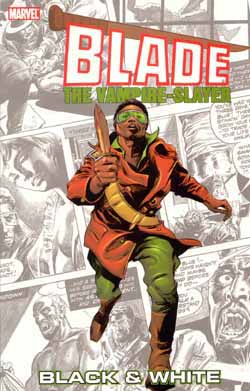
By Various (Marvel Comics)
ISBN 0-7851-0843-2
I can understand capitalising on big screen success if you’re a publisher with a desperate eye to the bottom dollar – and even if you’re not – but this collection of disparate tales must be quite a shock to any movie-goer that hot-foots it out of the cinema or off the couch to scoop it up from the bookshelves.
Firstly it is indeed in monochrome, which I personally favour, but is still considered somehow less acceptable to the general public, Manga sales notwithstanding. Secondly the art, by the likes of Tony DeZuniga, Rico Rival, Gene Colan and even Ladronn – comic masters all – is far from the contemporary main stream.
The writing, if truth be told, is also not the best from Marv Wolfman or Chris Claremont, whose multipart magazine epic The Legion of the Damned (which first saw daylight in Vampire Tales #8 & 9 and Marvel Preview #3 & 8 ) is woefully clichéd, even for the mid 1970s. The problem is further compounded as they get caught up in hopelessly kitsch “white-boys writing Blacksploitation†mode (“Enjoy Hell, you motherin’ piece o’ scum!â€).
James Felder’s short story, taken from Marvel: Shadows & Light #1 is silly and unsatisfactory, whilst Christopher Golden’s tepid team-up (Blade: Crescent City Blues #1 1998) with Brother Voodoo (another painfully clichéd black hero – let his name be all the hint you need), is a listless shamble – even by Vampire-Zombie standards – that only wastes Gene Colan’s impressive drawing skills. Moreover, the story doesn’t even complete in this volume. That’s an absolute crime for any book, which is what we’re reviewing here.
Finally, the biggest problem with this as a tie-in is that the character here, created as a contemporary antagonist for the excellent Tomb of Dracula comic series in the 1970s, bears no real similarity to the half-vampire super-being in the films and TV series.
Blade here is a mouthy Jazz musician who is immune to vampire bites (yes, I know, how feasible is it to be immune to bleeding to death?) whose mother was killed whilst he was being born, not an ultra-cool costume-wearing force of nature. It seems to me that nothing but confusion and frustration await herein…
© 1974, 1975, 1976, 1997, 1998, 2004 Marvel Characters, Inc. All rights reserved.

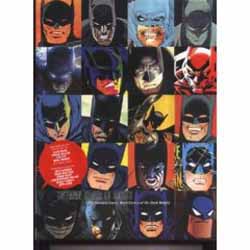 Â
 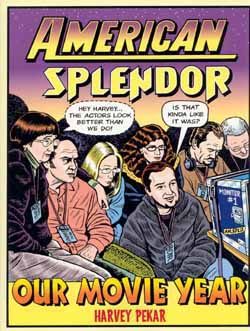 Â
  Â
 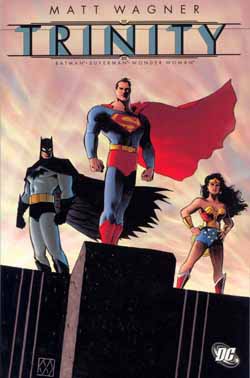 Â
 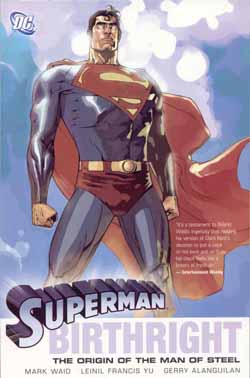 Â
 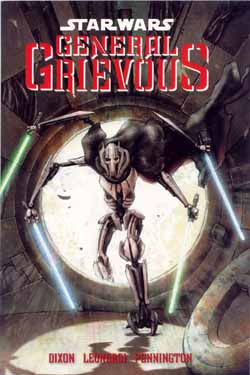 Â
 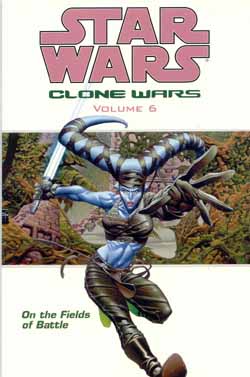 Â
 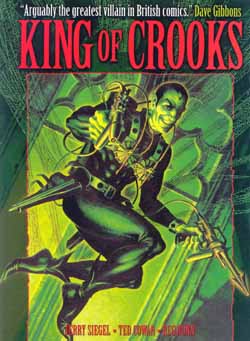 Â
  Â
Â